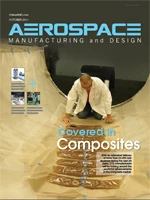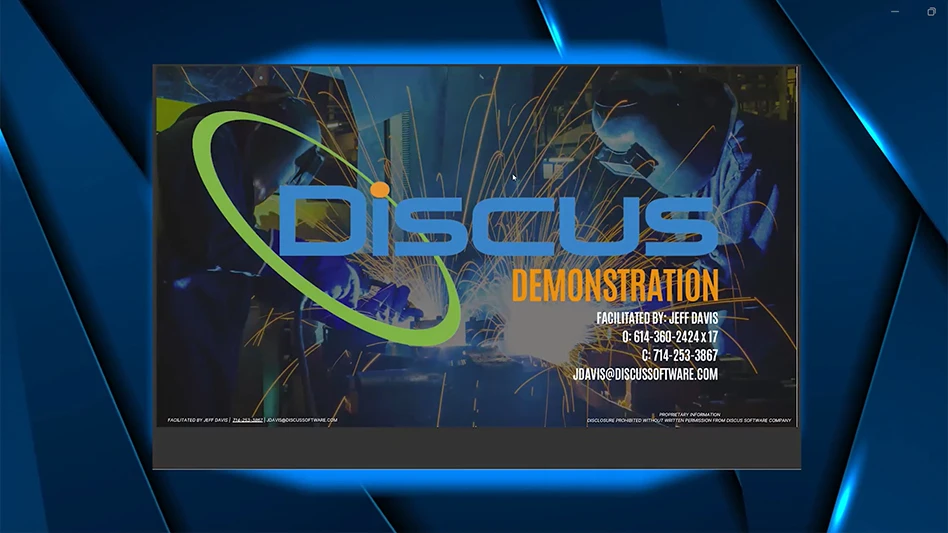Air gaging relies on a law of physics that states flow and pressure are directly proportionate to clearance and react inversely to each other. As clearance increases, airflow also increases and air pressure decreases proportionately. As clearance decreases, airflow also decreases and air pressure increases.
This is accomplished by having a regulated airflow that travels through some type of restriction such as a needle valve, or jeweled orifice, and then through the nozzle in the air tool. As the obstruction (workpiece) gets closer to the nozzle, airflow reduces and the backpressure is increased. When the nozzle is completely obstructed, the flow is zero and the backpressure is equal to the regulated air. Conversely, when the nozzle is open to the atmosphere, airflow is at a maximum and the backpressure is at a minimum.
.jpg)
Brief History
A carburetor company, looking for a more reliable method of measuring its carburetor jets, first developed air gages in France before World War II. These air gages used a simple backpressure technology and provided the basis for the development of virtually all air gaging styles used today. In 1943, when a U.S. patent was granted for a simple backpressure system that incorporated the newly developed air pressure regulator, there were more improvements to the design. Since then, throughout the years there have been many improvements in air gaging systems and styles.
Types of Air Gaging
.jpg) There are several varieties of air gaging systems, which include backpressure bleed, differential, and flow-type.There are several varieties of air gaging systems, including backpressure bleed, differential, and flow-type systems.
There are several varieties of air gaging systems, which include backpressure bleed, differential, and flow-type.There are several varieties of air gaging systems, including backpressure bleed, differential, and flow-type systems.
The backpressure bleed system is the most versatile. With this type, the use of tooling from different air gaging systems is possible. Configured with an air pressure regulator, this controls the incoming air pressure to ensure maximum linearity. It is the second restriction that allows the user to adjust for different air gage tooling by adjusting the incoming air pressure to match the style of air tooling used. This type uses two setting masters to calibrate. The masters are typically at the minimum and maximum of the tolerance of the workpiece, allowing for linearity of the measurement throughout the entire measuring range.
The differential system divides the air stream into two fixed restrictions. One side ends in a zero valve, which balances pressure to the fixed second leg of the system, which ends at the air ring or plug. Measurement of the difference between these two legs is by a differential pressure meter that bridges the two legs. This type uses a single master to set it to zero. Ordering tooling for this type of system, for each particular magnification, is required. This system is not as forgiving with worn or damaged tooling because you are using a single calibration point. Any part not made near the zero is more likely to have an inaccurate reading. This becomes more of an issue as you reach the outer limits of the tolerances.
The flow-type system is measured and read in a flowmeter tube that supports a float. This system uses two masters for calibration. It is similar to the backpressure bleed system in its accuracy across the tolerance range. Adjusting the range of magnification is by changing flow tubes and scales and is not as simple as the backpressure bleed system. The flow system requires a much higher volume of air, which requires much larger nozzles. Because the nozzles are larger, the nozzle must remain closer to the part and therefore has a smaller nozzle drop. This can shorten tool life. The flow system is usable with long hoses without affecting the response time of the amplifier, which makes it the ideal.
Air gaging is a very fast, efficient, and reliable method of measuring, designed to be used on workpieces with tolerances of 0.005" or smaller. The resolution and repeatability of the measurement can be in the millionths of an inch. Because air gaging is a non-contact method, it is useful for measuring soft, highly polished, thin walled, and other materials susceptible to marking. Air gaging is extremely easy to use, requiring no special skills for the operator. Multiple operators will achieve the same, or nearly the same, measuring results when measuring the same part, taking operator technique out of the equation, whereas it is a problem when using a contact gage such as a micrometer or dial bore gage.
Air gaging is useful in measuring complex geometric tolerances such as diameter, taper, parallelism, squareness, flatness, and matching of components in a very fast and efficient method. These may not be checkable with fixed limit gaging, or may be costly and time consuming to check in a different way. The size of probes continues to get smaller and smaller and can now be as small as 0.6mm (0.024") in diameter.
Many of today's columns and/or measuring computers can become an integral part of the manufacturing cell with communication to robotic loaders and the ability to send offset values to the machine.
Air gaging systems operate at air pressures that can remove contaminates such as abrasive particles and coolant, which will eliminate the need for a separate cleaning in most applications. The air tooling has no moving parts and therefore has a very long and dependable service life.
Air gaging technology is continually improving as computer technology continues to evolve. These systems can range from simple desktop readouts to full SPC computers with contour scanning capabilities. As manufacturing requirements continue to become more complex, air-gaging technology evolves to meet the demand. For these reasons, air gaging will remain a viable measuring solution for generations to come.
Stotz Air Gaging Products,
Advanced Machine & Engineering Co.
Rockford, IL
stotz-usa.com
Get curated news on YOUR industry.
Enter your email to receive our newsletters.
Explore the October 2011 Issue
Check out more from this issue and find your next story to read.
Latest from Aerospace Manufacturing and Design
- Beyond Aero refines its hydrogen-electric light jet
- Americase's advanced protective solutions
- Social media - what are your thoughts
- GE Aerospace secures Air Force engine contract
- Thomson Industries' online sizing and selection tool
- #53 - Manufacturing Matters - 2024 Leaders in Manufacturing Roundtable
- Join us for insights on one of the hottest topics in manufacturing!
- You can still register for March’s Manufacturing Lunch + Learn!






